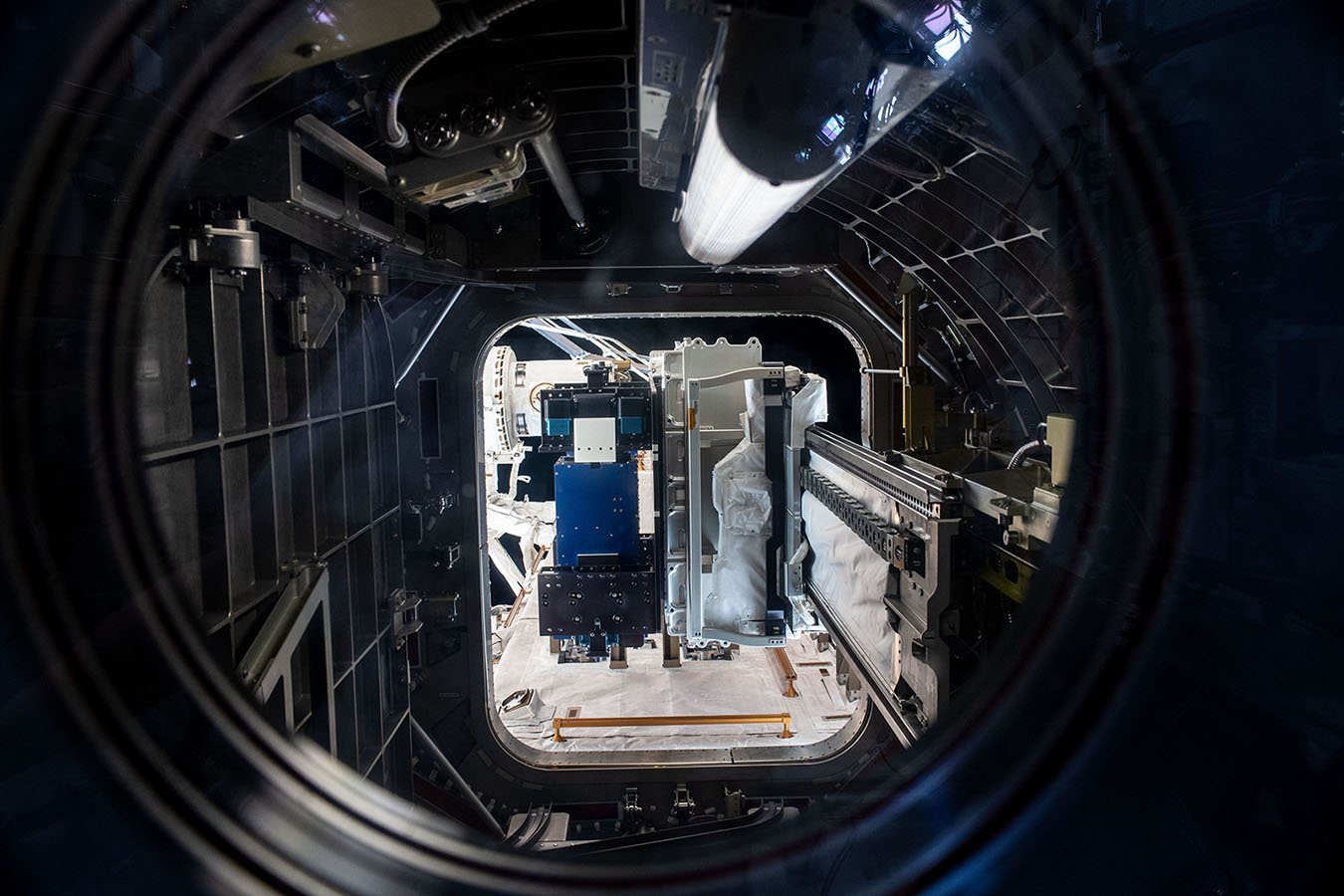Stay Up to Date
Submit your email address to receive the latest industry and Aerospace America news.
The Atmospheric and Space Environments Technical Committee encourages the exchange of information about the interactions between aerospace systems and their surroundings.
NASA High Ice Water Content researchers in July conducted a flight campaign out of Cecil Field in Jacksonville, Florida, to study how aerosols from industrial emissions, wildfires and other human sources affect the concentration of ice crystals in thunderstorms. Atmospheric scientists theorize that aerosol particles can interact with convective weather systems, increasing the concentration of ice crystals in thunderstorms and presenting an icing hazard to jet engines and air data systems. The research team modified a DC-8 based at NASA’s Armstrong Flight Research Center in California with scientific instrumentation to measure the total water content and ice crystal size distribution within clouds at airliner cruising altitudes, and the aerosol composition and concentration at less than 1,000 feet above the Atlantic Ocean and Gulf of Mexico. This flight campaign was unique because researchers are focused on areas with high concentrations of human-made aerosols. The research team consisted of atmospheric scientists from NASA’s Langley Research Center in Virginia and icing experts from NASA’s Glenn Research Center in Ohio, with researchers from Nagoya University and the Japan Meteorological Agency providing aerosol instrumentation and expertise. The outcomes of the flights will be provided to FAA and other regulatory bodies to assess jet engine certification standards established in 2015 and support mitigations of ice crystal hazards to aircraft engines and air data systems.
Early in the year, researchers at the German Aerospace Center, DLR, applied artificial neural networks to analyze wake vortices generated by aircraft landing at Vienna International Airport in Austria, and in April published initial results in the journal Optics Express. Wake vortices from preceding aircraft can cause following aircraft to experience unexpected rolling, altitude loss or even structural stress, and thus require separation distances between landing aircraft that restrict runway throughput at busy airports. The aviation community is developing algorithms to predict wake vortex strength, location and evolution to enable implementation of wake vortex advisory systems at airports. Lidar instruments, which work like radar but use laser light instead of radio waves, collected data on wake vortices caused by landing aircraft at the Vienna airport in 2019. Whereas conventional analysis techniques for wake vortex data have shortcomings related to processing speed and the need for humans in the loop, researchers demonstrated that the artificial neural network could automatically characterize vortex location and strength fast enough to enable real-time wake vortex advisory systems.
In August, a camera outside the International Space Station began snapping photos of small samples of various materials affixed to the station to start a six-month experiment to document how their colors change over time as they are exposed to atomic oxygen, energetic particles, solar ultraviolet light and other characteristics of the space environment. The experiment was designed by scientists at the Georgia Tech Research Institute and is part of the Materials International Space Station Experiment, MISSE, program to study the evolution of new and heritage materials in the space environment. The same physics that produces a color change also produces changes in mechanical and electrical properties of the materials during long-duration missions. The Georgia Tech scientists will use machine learning techniques to correlate the color changes observed on orbit to a variety of other material properties measured in the laboratory. Collaborators at NASA and the Air Force Research Laboratory provided preflight characterization and simulated space weather exposure of the materials in a controlled lab environment. DuPont de Nemours Inc. provided materials. The results of the experiment could enable a method for visual assessment of spacecraft health and lead to development of novel advanced materials for both space and terrestrial use.
Stay Up to Date
Submit your email address to receive the latest industry and Aerospace America news.




